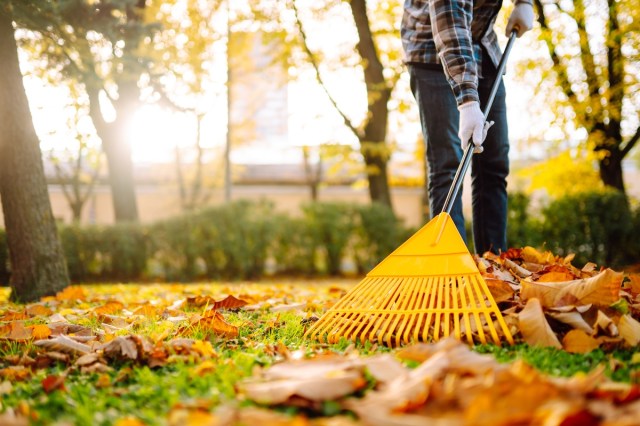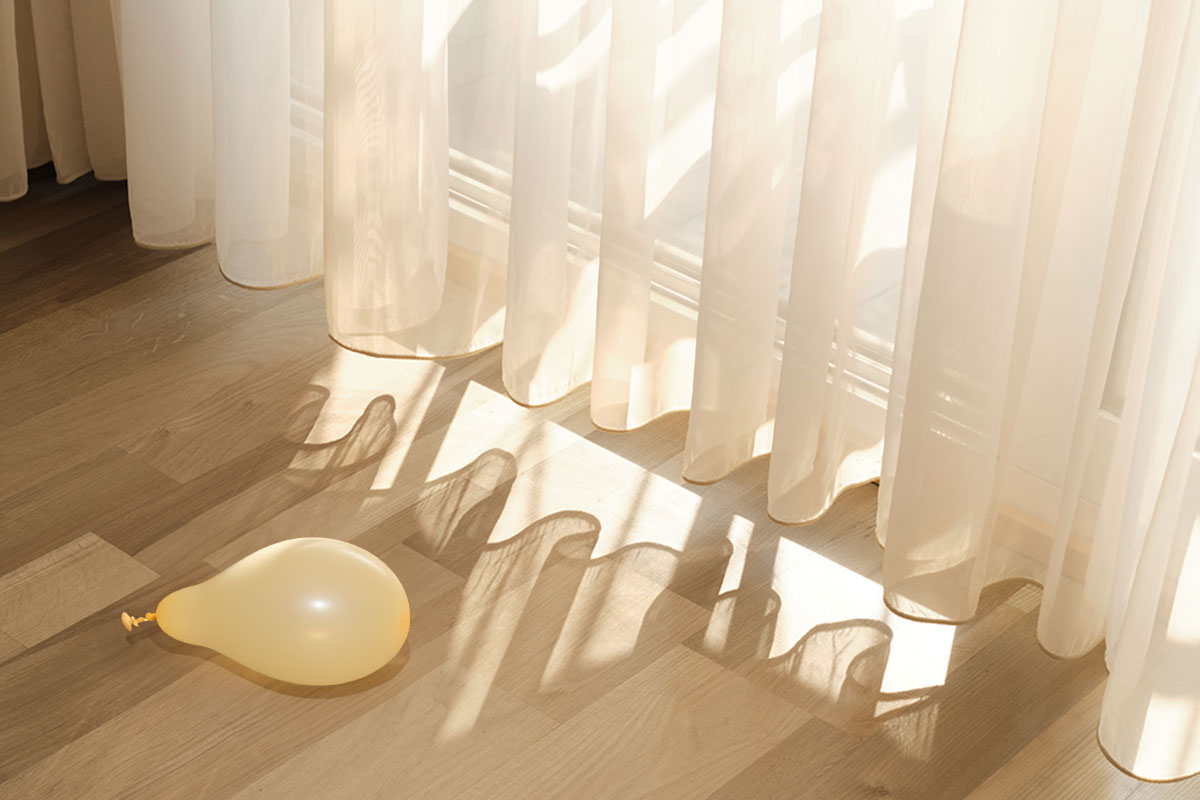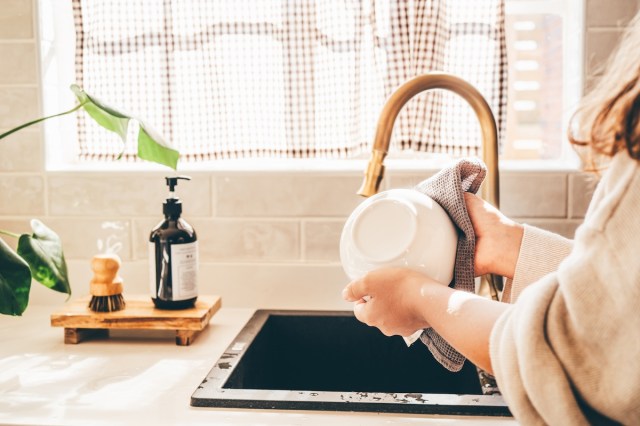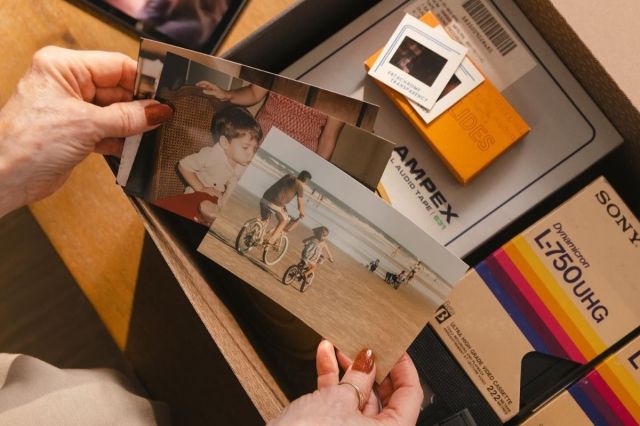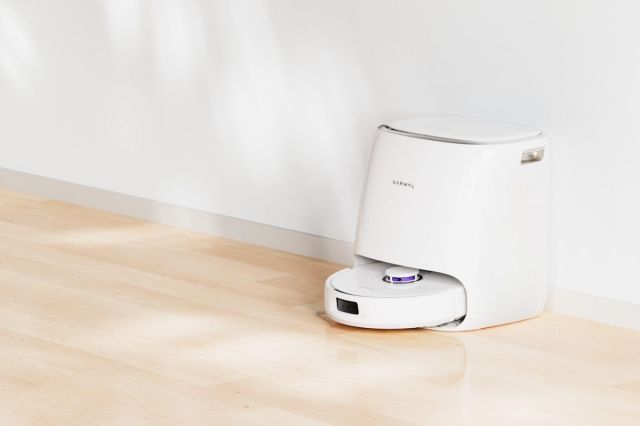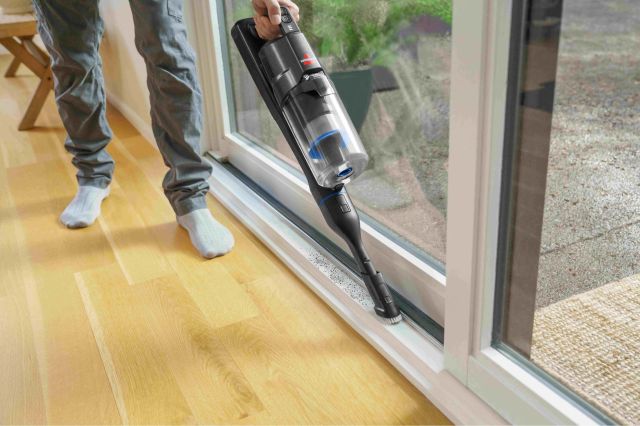Living in a wooded area comes with its perks: pastoral views, privacy, and the privilege to do what you want, when you want. But those pastoral views become a royal pain in the you-know-what when fall arrives. The lush scenery surrounding your property slowly becomes stick-like, shedding its leaves across your yard. At first, it’s endearing — a sign the seasons are changing. But it can quickly become too much: leaves start falling, and they never stop, coating your lawn orange and red. The sensible homeowner grabs their rake and gets to work consolidating the leaves into a handful of manageable piles. Others will power up the leaf blower and make it their neighbor’s problem. No matter which type you are, your leaves should never end up in a trash bag. Here’s why.
Leave Your Leaves
There’s a growing movement among environmentalists called “leaving leaves.” It encourages homeowners to, as the name suggests, leave their leaves, letting them feed their lawn or garden rather than rot in a landfill. You see, you don’t really need to rake your leaves. In fact, if the leaves that have fallen on your lawn are sparse, you can probably leave them, and, by spring, you won’t even know they were there. For lawns suffocated by fallen leaves, it is smart to rake — your homeowners’ association could require it, or you’d rather not see your lawn die because of your resistance to yard work. It is true, after all, that leaving too thick a layer of leaves on your lawn will smother it. And that’s no good.
But there are better ways to use your leaves. If you have a garden or raised garden beds, adding leaf layers will fertilize your soil through winter, prepping your soil for the plants and produce to come next spring. Simply rake your leaves into manageable piles and spread them over your beds to a depth of three to five inches. Treat them like mulch: don’t sprinkle them onto your plants; spread them around the plants, covering any open soil. You can compost leaves, too, if your municipality collects them, or you have the tools to contain them yourself. If you’d just rather get rid of them, simply run your lawnmower over them on a higher setting, if yours is adjustable. Doing this will mulch the leaves, giving your grass the same nutrients without harming it.
When You Treat Them Like Waste, They Go to Waste
The worst thing you can do with leaves, however, is stuff them into bags for trash pickup. According to the National Wildlife Federation, 30 million tons of yard waste —largely fallen leaves and grass clippings —are sent to landfills each year. When buried, as most trash is, they produce methane, a potent greenhouse gas that scientists point to as an accelerator of climate change. The good news? Leaves don’t produce methane when they disintegrate in your garden bed or compost pile.
More From Our Network
Better Report is part of Inbox Studio, which publishes content that uplifts, informs, and inspires.
